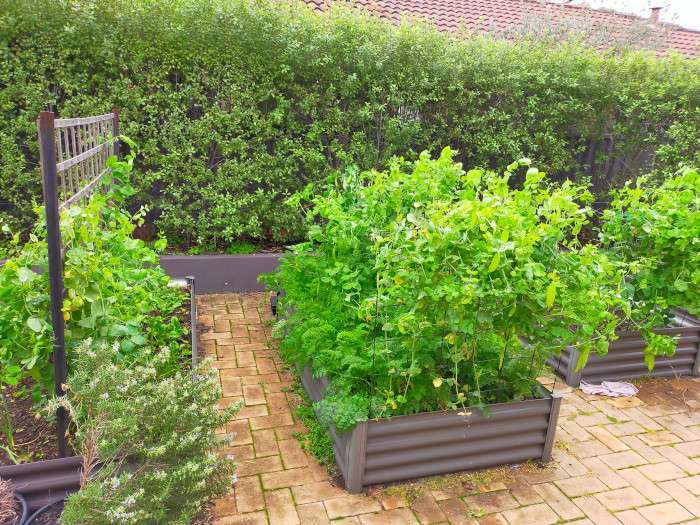Raised beds help give you the perfect conditions to grow veggies, leading to a bigger, more productive harvest. If you’ve ever dealt with poor soil, struggled with drainage, or found yourself constantly battling weeds and pests, raised beds can make a big difference.
I grow most of my veggies in raised beds, and they’ve made a huge difference in my garden. Today, I want to go over some of the biggest benefits of raised beds and how they can help you get better results in your own garden.
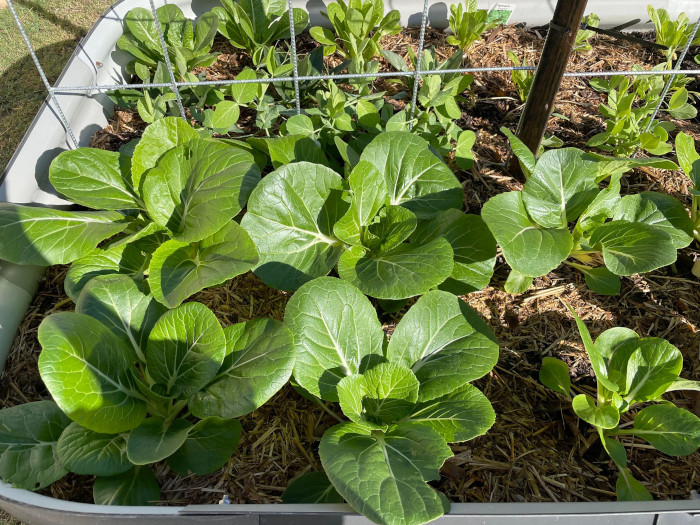
1. Extend Your Growing Season with a Warmer Micro Climate
Because they sit above ground, raised beds warm up faster along the sides, which helps extend the growing season in colder climates. This extra warmth encourages plants to grow faster and boosts biological activity in the soil, creating a healthier environment for your veggies.
Tip: In hot, dry climates, raised beds can dry out quickly. More frequent watering helps, but adding clay to the soil can improve moisture retention.

2. Take Control of Your Soil
If you’ve got rocky or sandy soil, raised beds give you a clean slate. Instead of fighting with poor native soil (Perth), you can fill your beds with rich, nutrient-dense soil that’s perfect for what you want to grow.
You can also fill your beds with other organic matter that will break down over time to make nutrient dense soil.
Tip: Soil is the foundation of a successful garden so it’s worth spending a lot of energy and resources to get it right.
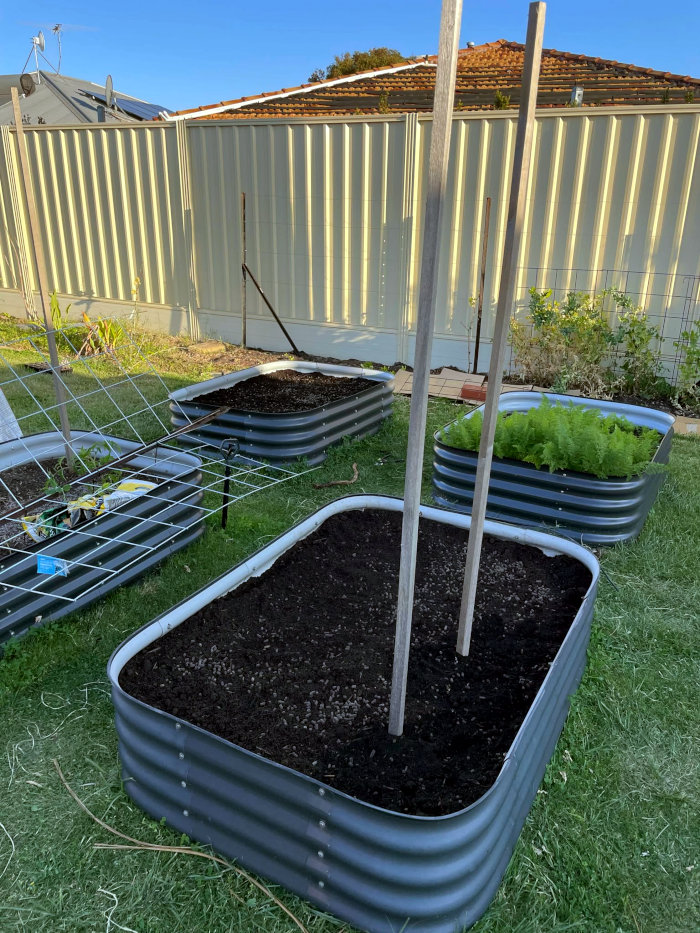
3. Improve Drainage for Healthier Plants
Too much clay in your soil? Raised beds fix that. Heavy clay holds onto water, staying soggy long after it rains. This can suffocate plant roots, leading to poor growth or root rot.
By adding height, raised beds improve drainage, allowing excess water to escape while still holding onto enough moisture for healthy plant growth. The extra aeration also helps roots take in oxygen more easily, creating a better environment for strong, productive plants.
Tip: You can use sand to improve drainage and many plants like carrots actually prefer beds to have a bit of sand.

4. Customize Depth for Optimal Plant Growth
Most plants do fine with about 30 cm (12 inches) of soil, which is a good standard depth for a raised bed. But if you want to give plants more room for root development—especially deep-rooted crops—you can go higher. Raised beds let you customize the depth based on what you’re growing.
Tip: Most leafy greens need less soil, while deep-rooted crops like carrots and tomatoes do better with extra depth.

5. Improved Ergonomics
Gardening shouldn’t be a back-breaking task. With taller raised beds, you don’t have to bend and stoop as much, making it easier on your body. This can make a huge difference if you have mobility issues, injuries, or just don’t want to feel sore after a day in the garden.
Tip: When choosing a bed height, it’s worth thinking about what will be most comfortable for you long-term.
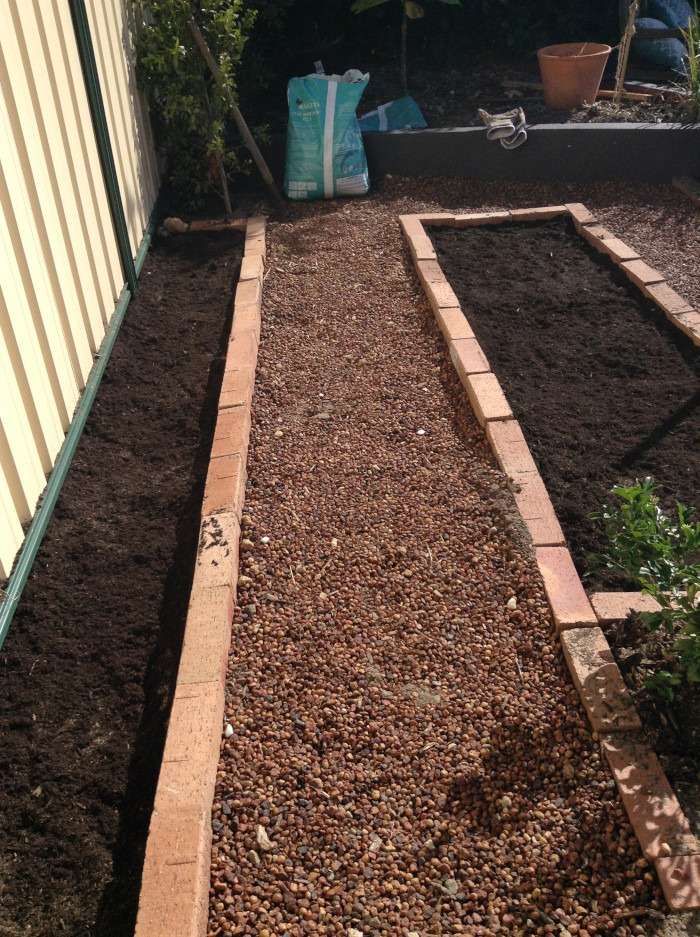
6. Better Pest and Weed Control
Raised beds make life harder for pests and weeds. The extra height can keep certain insects and rodents from getting to your plants, and it’s especially effective against creeping weeds. Less weeding, fewer pest problems—it’s a win-win.
Tip: Keep veggie patches away from fence lines in urban gardens to avoid rats.
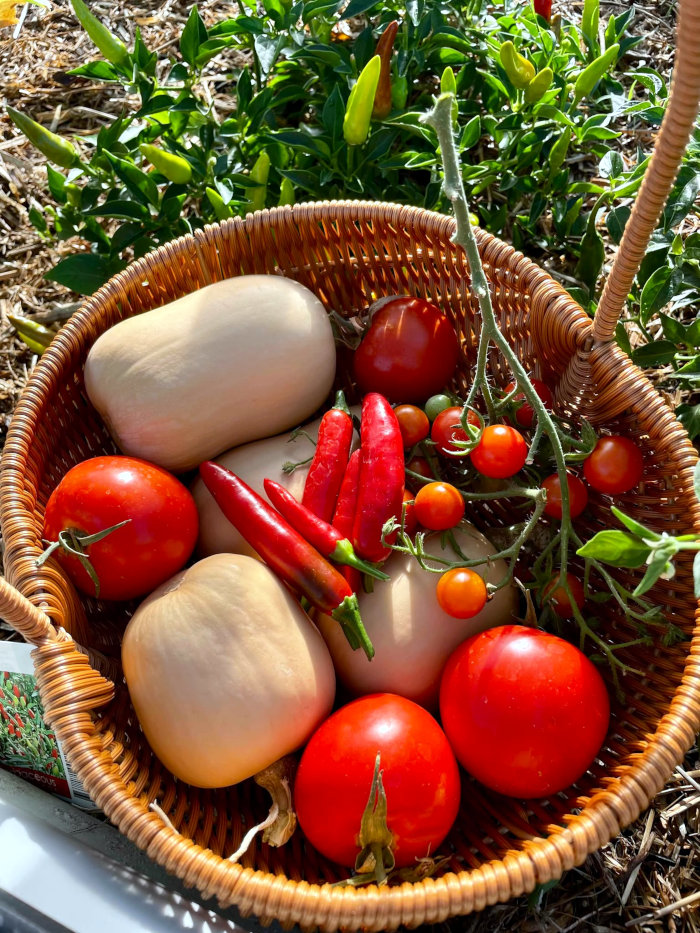
Conclusion
Raised beds come with a range of benefits that can greatly improve your gardening experience. From better soil control and drainage to reduced pest and weed issues, they create the ideal environment for healthier plants and higher yields.
If you’re looking to make gardening easier and more productive, give raised beds a try and see the difference for yourself.
